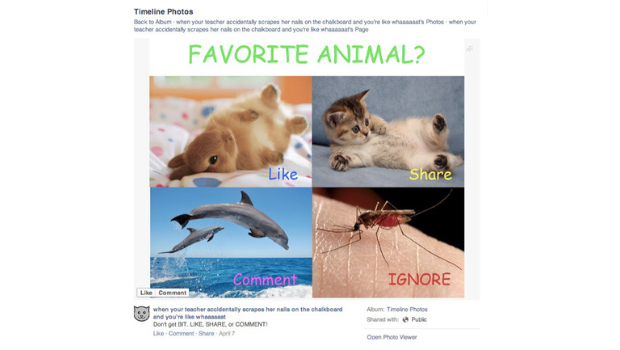 The resignation last week of Twitter head of news Vivian Schiller once again highlights tech companies’ problem of how to use content (usually generated by other people – to make money off their platforms. Schiller was the most recent departure in an ongoing cull that also claimed Twitter’s head of North American media Chloe Sladden, product chief Michael Sippey, senior VP of engineering Christopher Fry, and COO Ali Rowghani.
The resignation last week of Twitter head of news Vivian Schiller once again highlights tech companies’ problem of how to use content (usually generated by other people – to make money off their platforms. Schiller was the most recent departure in an ongoing cull that also claimed Twitter’s head of North American media Chloe Sladden, product chief Michael Sippey, senior VP of engineering Christopher Fry, and COO Ali Rowghani.
The version from Twitter HQ about Schiller’s exit is that an internal reorganisation bringing together the news news and gov & elections teams in North America rendered her position obsolete. The casting aside of a media veteran after less than a year, however, speaks to a continuing malaise rooted in slowing user growth, continuing losses and a dearth of new products. At time of writing the microblogging network’s share price was about $55 mark, a long way from its $73 from December 2013.
Twitter’s problem of finding ways to monetise junk content is neither new nor terminal. It’s endemic in ‘tech first’ companies who were designed as media conduits reliant on user-generated content. YouTube suffers from a similar problem of too much material with too little viral potential/commercial reach and always will. Facebook is one of the principal drivers of traffic and is great for spreading news but its constant tweaking with news feeds shows the limits of automation. At TechCentral we’ve found that sharing less content across different platforms has a better return than sharing everything all the time.
Meanwhile successful ‘news first’ brands like New York Times and Financial Times and Sunday Times are encountering almost the opposite problem: comparatively low traffic with high commercial return per reader – helped in part by paywall strategies, membership schemes and branded events.
The majority of news first websites – including Web-only efforts like The Huffington Post – get stuck in the middle, requiring both quality content to stay relevant and revenue. This leaves a gap for a third way: sophisticated platforms based on curation of high-quality content.
Microsoft is putting a new spin on this model with a revamped MSN based on content gathered from partners by human editors.
In keeping with CEO Satya Nadella’s productivity-focused ‘mobile first, cloud first’ strategy, the revamped MSN combines content with supplementary features. Every area of interest the site covers has an application element to go with it. For example, travel reviews are accompanied by options to book hotel rooms, sports news comes with a wealth of player stats etc. The payoff for the content partner – and Microsoft is claiming to have over 1,000 – comes mainly in the form of SEO.
Productivity and positivity
Two things, for me, stand out in this approach. Visually the new MSN homepage looks like a full-featured browser with a bookmark bar for all the Microsoft services your MSN account gives you by default (mail, Skydrive, Skype, Xbox Music etc.) and a Bing search bar. My first impression was it looked like iGoogle or My Yahoo. Seeing as iGoogle has been retired and My Yahoo restricted by the RSS feeds you import, the human element of bringing in the best treatment of a story by source is an important selling point.
The second element worth raising is the overlap between coverage and content marketing that fills gaps from underserved niches. While we won’t be seeing any Microsoft-anchored video digest shows or lists of ‘the 10 most important stories from yesterday’s news’ there is scope for original content in text and video coming straight from organisations without a media filter. The GAA, for example, has signed on as a partner and supplies news and football and hurling video highlights. It makes sense for FIFA, IRB, IRFU etc would follow suit by distributing the highlights they already put up on YouTube in a more sophisticated platform.
Can tech companies solve the content riddle? Yes, but it requires an acceptance that low-quality user generated content will be trumped by superior design, editorial and production values. Then again, as a journalist I would say that, wouldn’t I? #obvious








Subscribers 0
Fans 0
Followers 0
Followers